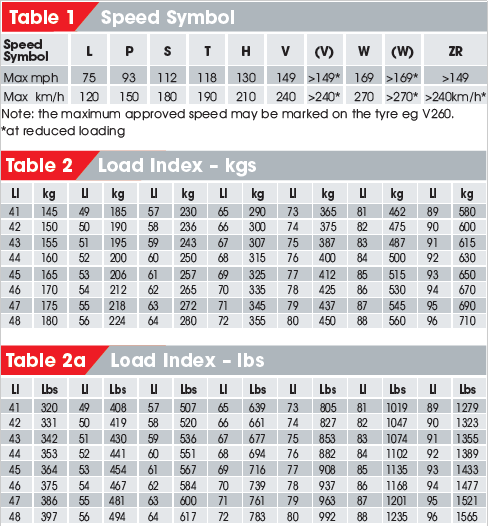My back tires say 36 psi max and my fronts say 44 max. What is your recommendation on inflation range for these tires? I see peeps running in the mid 20's and was curious about why.
Replies sorted oldest to newest
Because of the weight. Better ride and better handling.
You're looking at max inflation pressures for the tires - inflate over that and they could burst or fail. There is a Vintage Speedster owners manual available with the 20ish setting. Not sure if that applies to the VS ultra/super wide-bodied cars.
Kirk told me 22 psi and it made a Big difference in the ride ! And mine is a Super Wide.
Tire pressures for our replicas are usually low 20's in front, mid-high 20's in rear. Those pressures supply a safety and comfort factor for cars in our weight class with a rear weight bias. Go too low and get too much sidewall flex and quicker tread wear, go too high and get a rougher ride.
I run 20&. 30-32 and it work well some run lower
Jim Kelly posted:Tire pressures for our replicas are usually low 20's in front, mid-high 20's in rear. Those pressures supply a safety and comfort factor for cars in our weight class with a rear weight bias. Go too low and get too much sidewall flex and quicker tread wear, go too high and get a rougher ride.
@Jim Kelly interesting I have to try this. I run 30 front and 32 rear. 16 x 7 and 8 / 195 and 205.
russtri posted:My back tires say 36 psi max and my fronts say 44 max. What is your recommendation on inflation range for these tires? I see peeps running in the mid 20's and was curious about why.
Because the max load those tires can handle is at Max pressure on the sidewall. With our little cars we are loading them MUCH less, hence the lower pressure.
You only need enough pressure to evenly spread whatever load there is evenly across the tread. Low load=low pressure.
So a typical tire is rated at 88 load range. That's 1200 pounds max load per tire(at max pressure), or 2400 pounds per axle. So since you're typically running less than 1000 pounds on each axle, 20-22 psi makes sense.


